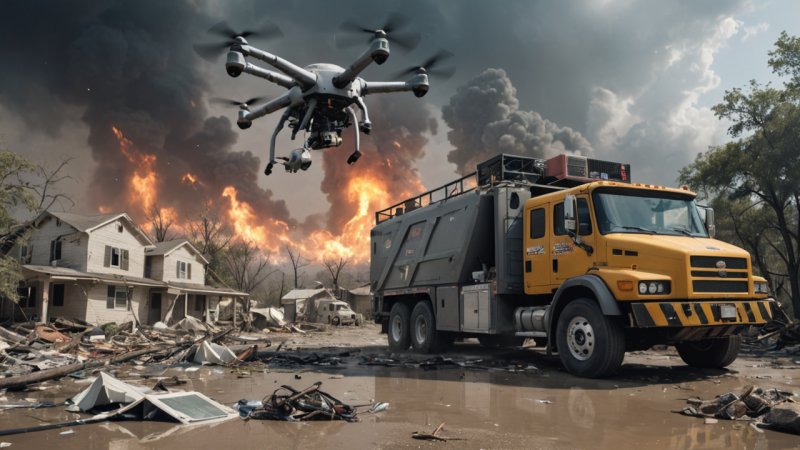Artificial Intelligence (AI) has rapidly evolved and found various applications across multiple sectors, including disaster relief. While AI technologies can significantly improve response times and resource allocation during crises, they also raise ethical considerations that cannot be overlooked. This article explores two prominent AI approaches in disaster relief: Traditional AI Systems and Machine Learning (ML) Algorithms. We will compare their effectiveness, ethical implications, and overall impact on disaster management.
Understanding Traditional AI Systems
Traditional AI systems are rule-based systems that rely on predefined instructions to solve problems. These systems utilize decision trees and expert systems to execute tasks based on logical rules. In disaster relief, traditional AI can be employed for logistics management, resource allocation, and even risk assessment.
Pros of Traditional AI Systems
- Predictability: Their rule-based nature ensures predictable outcomes, which can be crucial during emergencies.
- Reliability: Traditional systems can operate with a high degree of accuracy when the input data fits the defined rules.
- Simplicity: Easier to understand and implement, requiring less computational power than more complex AI systems.
Cons of Traditional AI Systems
- Inflexibility: They struggle with unpredicted scenarios, as they can only operate within the parameters of their programming.
- Limited Learning: Traditional systems do not learn from new data, which can hinder their effectiveness in evolving situations.
- Resource-Intensive: Developing and maintaining these systems can be costly, especially in dynamic environments.
Exploring Machine Learning Algorithms
Machine Learning (ML) algorithms represent a more advanced AI approach that utilizes statistical techniques to enable machines to improve their performance based on data. In disaster relief, ML can analyze vast amounts of data to predict disaster occurrences, optimize resource distribution, and enhance communication among responders.
Pros of Machine Learning Algorithms
- Adaptability: ML algorithms can learn from new data, allowing them to adapt to changing conditions quickly.
- Data Analysis: They can process and analyze large datasets to identify patterns that traditional systems might miss.
- Efficiency: Enhanced decision-making capabilities lead to faster and more efficient responses during disasters.
Cons of Machine Learning Algorithms
- Data Dependency: ML algorithms require vast amounts of quality data to be effective, which may not always be available in disaster scenarios.
- Complexity: The intricate nature of ML can lead to challenges in understanding how decisions are made, raising ethical concerns.
- Bias and Fairness: If trained on biased data, ML systems can perpetuate these biases, leading to unfair outcomes in disaster relief efforts.
Ethical Implications in Disaster Relief
Both traditional AI systems and ML algorithms pose ethical implications that must be carefully considered. The transparency of AI decision-making processes is crucial to ensure accountability and trust among the stakeholders involved in disaster relief.
Transparency and Accountability
Traditional AI systems often provide a clear rationale for their decisions, while ML algorithms can operate as






